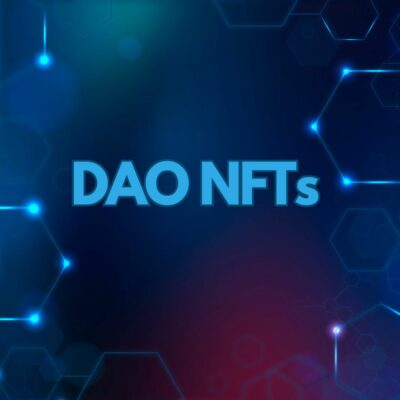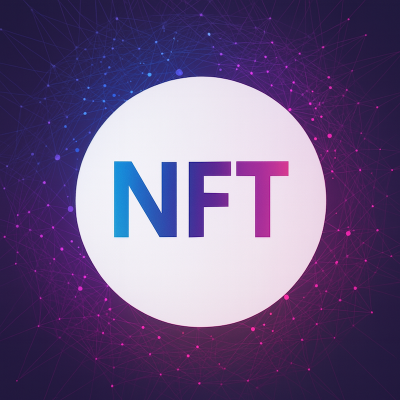FAQ
Why should businesses consider Web 3 solutions?
Being powered by blockchain technology, Web 3 opens a wide range of new opportunities, including but not limited to, enhanced privacy, data protection, higher transparency, immutability, and interoperability. Moreover, it also allows companies to automate and streamline numerous business processes and brings new earning options, greatly associated with tokenization and selling tokenized real-life assets as NFTs.
Is it an appropriate time to invest in Web 3 solutions?
Web 3 is an actively growing and expanding area which makes Web 3.0 investments today quite a good choice. With further adoption of cryptocurrencies and blockchain within a wide audience, the demand for such solutions will only increase. That’s why already today, your company can get prepared for the Web 3.0 revolution by transforming your business processes.
How to invest in Web 3?
If you want your company to enjoy good profits from the newest technologies, it’s time to think about investing in Web 3 solutions already today. To begin with, you can start implementing blockchain tools into your business processes to power them with fast, secure, and cost-efficient transactions. Another idea will be to invest in the metaverse. For example, you can launch a virtual store for selling your products or create an educational online course in the metaverse for your audience. You can also think about creating your own crypto that your clients will use for paying for your services.
How to make money on Web 3?
Web 3 provides a wide range of earning opportunities for individuals and a lot of new sources of revenue for businesses. On Web 3 creators get rewards for their content. This option is available to everyone. As for businesses, there are such ways to get profits as minting their own cryptocurrency, tokenizing and selling real-life assets and lands as NFTs, and launching a virtual eCommerce store or a DeFi app.
What is a component of Web 3?
Machine learning (ML), artificial intelligence (AI), and the semantic web are the key components of Web 3. Blockchain technology and principles of decentralization
How does Web 3 work?
If we need to explain Web 3 just in one sentence, we can say that it is a decentralized version of the internet that is powered by blockchain technology. At the current moment, Web 3.0 hasn’t been implemented, so it is impossible to explain all the specifics of its work. But it is already clear that this decentralized web will use AI and tokenization among other features. Web 3.0 will offer a more democratic approach to creating and posting content as no one (neither businesses nor individuals) will need to have permission to make their content publicly available. As it will be a fully decentralized ecosystem, all data will be stored not on servers but on the nodes of the network.
When was Web 3 created?
The term “Web 3” was firstly introduced in 2006 by a journalist of the New York Times. And it referred to new Internet-powered services that were collectively described as the “intelligent web”. However, at that time, Web 3 was not the same thing that we have today talking about the next generation of the internet in the blockchain context. The term “Web 3” which is referred to as a blockchain-powered decentralized online ecosystem was voiced by Gavin Wood, Ethereum co-founder and Polkadot founder, in 2014. It’s impossible to name the exact date of the creation of Web 3 as its introduction is greatly related to the development of a number of technologies. A great jump in the interest in this concept was observed in 2021 amid the growing adoption of cryptocurrencies by individual and institutional investors.

























